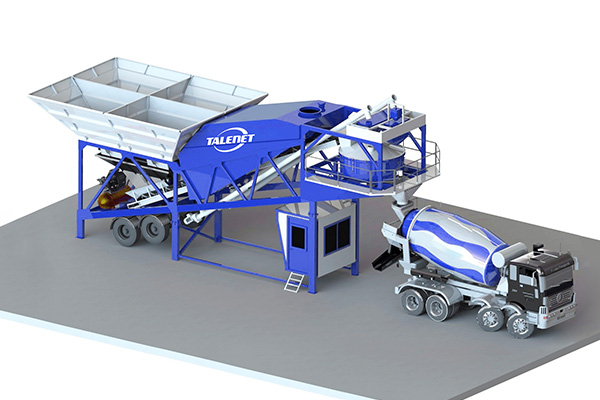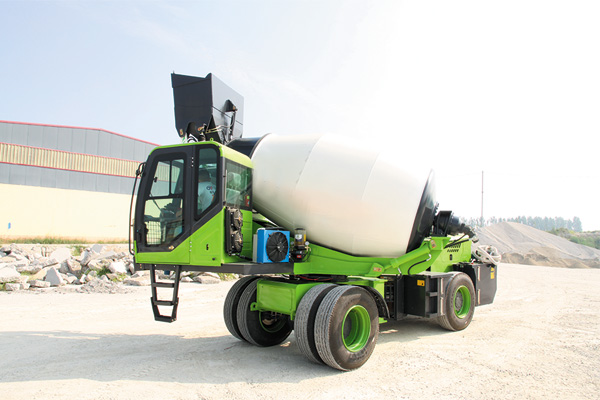Concrete is a building material which is the most widely used in the world. Concrete has the characteristics of abundant raw materials, low price and simple production process, so the amount of concrete is increasing. Besides, concrete has high compressive strength, good durability and a wide range of strength grades. Therefore, it plays an irreplaceable role in the construction fields of construction engineering, highway engineering, bridge and tunnel engineering, water conservancy and special structures.
We all know that concrete is made by mixing the main raw materials such as sand, stone, cement, and water. Now manual mixing is very rare, and concrete is usually mixed in
concrete batching plants or with
concrete mixers. In recent years, the emergence of self-loading concrete mixer trucks has provided convenience for the production of concrete. But what is the feeding sequence of these raw materials? Actually it has certain demands.

When mixing and feeding materials in a concrete batching plant, it is usually used to put stones first, then cement, and then sand and water. The main purpose is to make sure stones and cement can be mixer uniformly. At the same time, it can prevent cement along with other aggregates enter the mixer. If they are all in the mixer, the cement will soon form small cement aggregates after adding water. The smaller the water-cement ratio is, the more the agglomeration is.
In addition, since the small cement aggregates are attached to the coarse aggregates, the larger the particle size of the coarse aggregates is, the less easily broken the small cement aggregates are. And during the mixing process, due to friction and impact, the small cement aggregates at the back of the aggregate movement direction are effectively protected.
Coarse aggregates with a particle size several times or ten times larger than the small cement aggregates become the protective barrier for the small cement aggregates, so that some cement aggregates cannot be broken after mixing. After hardening, they become cement block to fill teh void of the aggregates. The voids in the material will reduce the strength of the concrete and even become a hidden danger of quality accidents.

The above is the feeding sequence of the
self-loading concrete mixer truck. According to this sequence, the concrete that meets the requirements can be produced, which is convenient for the progress of the project.




